Discrover Website how much I haven't seen
From banking and insurance to wealth management and securities distribution, we dedicated financial services the teams serve
Discrover Website how much I haven't seen
From banking and insurance to wealth management and securities distribution, we dedicated financial services the teams serve
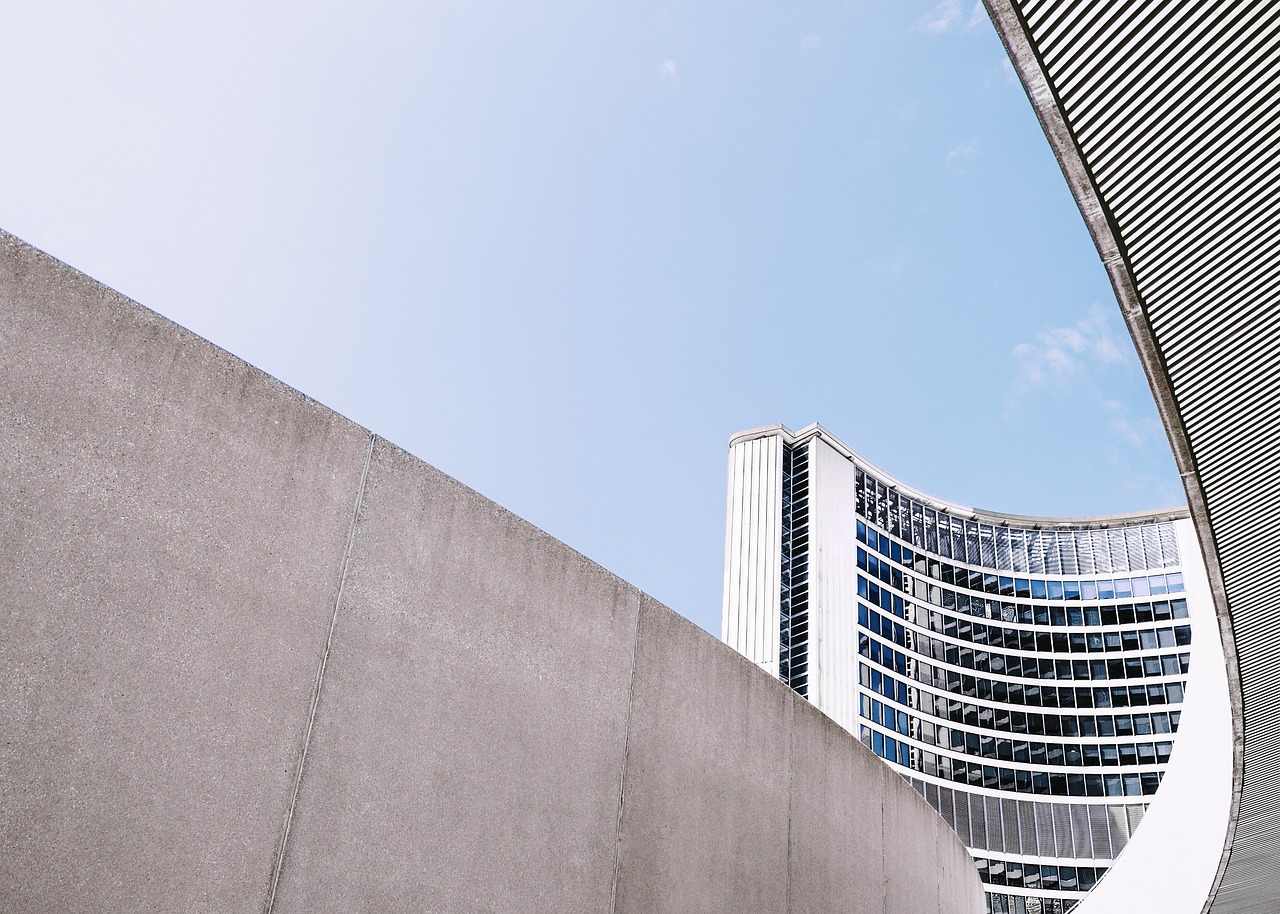
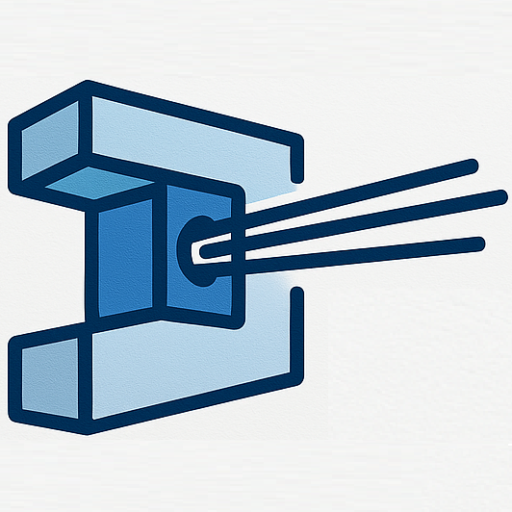
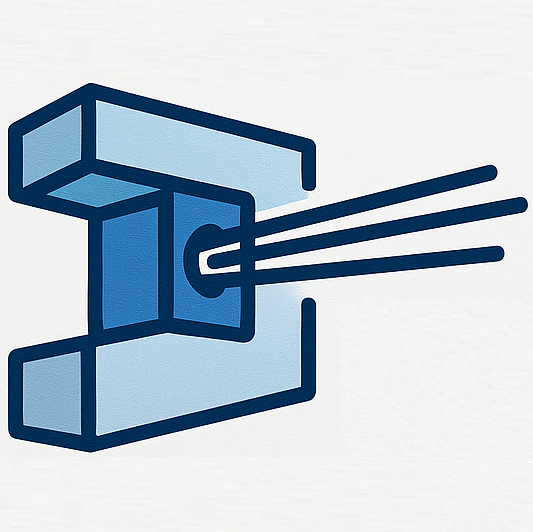
Discrover Website how much I haven't seen
From banking and insurance to wealth management and securities distribution, we dedicated financial services the teams serve
What is Post Tension?
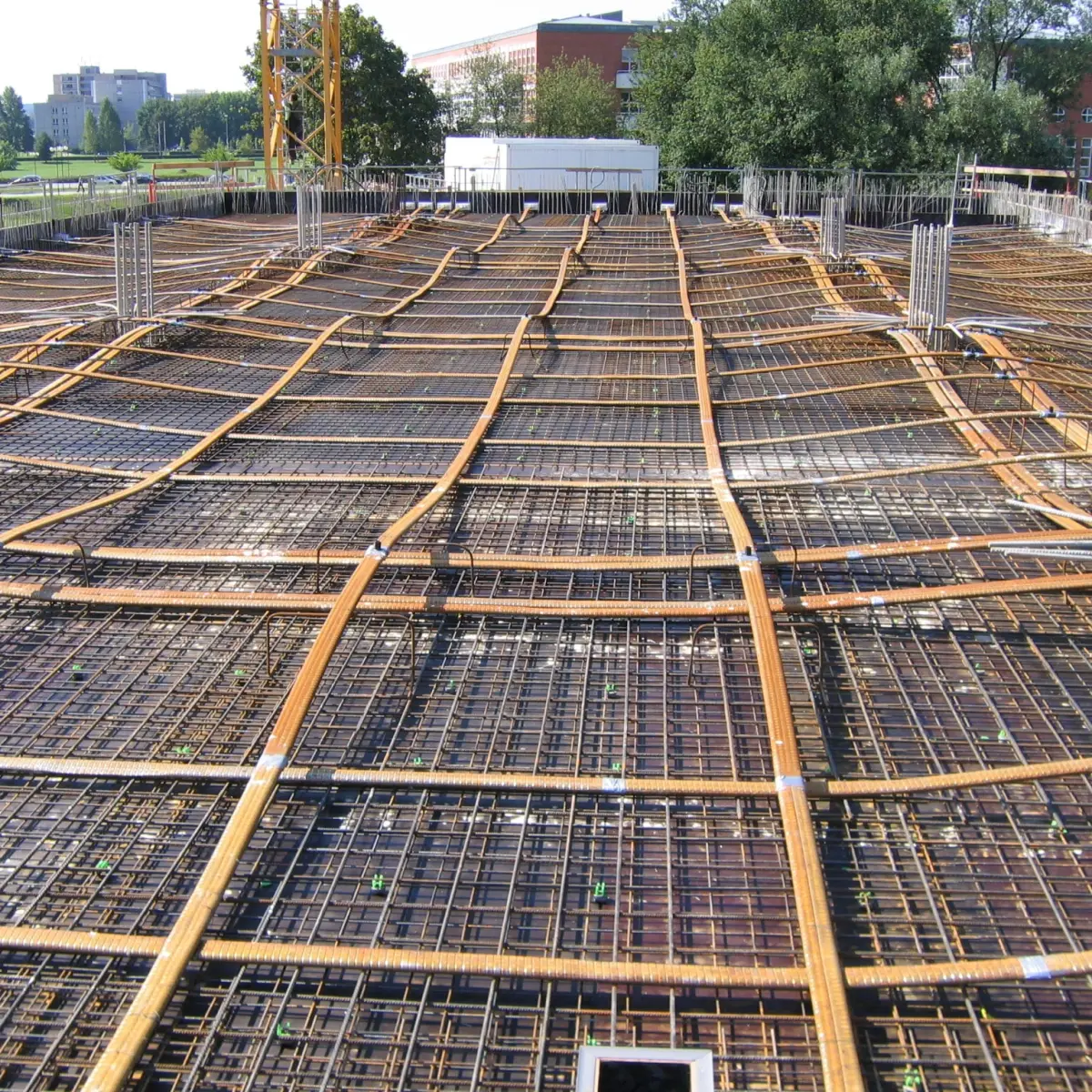
Post tensioning is a modern construction technique used to enhance the strength and durability of concrete structures. This method involves the use of post tension cables, which are high-strength steel strands that are placed within the concrete before it is poured. Once the concrete has cured, these cables are tensioned, creating a compressive force that helps to counteract tensile stresses. This innovative approach allows for the construction of thinner slabs, such as post tension slabs, and reduces the amount of concrete needed, making it a cost-effective solution. Compared to traditional rebar reinforcement, post tensioning offers superior performance, especially in applications like post tension foundations, where stability and resilience are crucial.
Why Choose Post Tension?
-
Enhanced Structural Integrity: Post tensioning allows for longer spans and thinner slabs, improving the overall strength and stability of the structure.
-
Cost-Effective Solutions: By reducing the amount of concrete needed, post tensioning can lead to significant material savings, making it a budget-friendly option.
-
Flexible Design Options: The versatility of post tensioning enables architects to create innovative and flexible designs that meet various project requirements.
-
Long-Term Investment: Choosing post tensioning means investing in a robust foundation that can withstand the test of time, making it ideal for both residential and commercial projects.
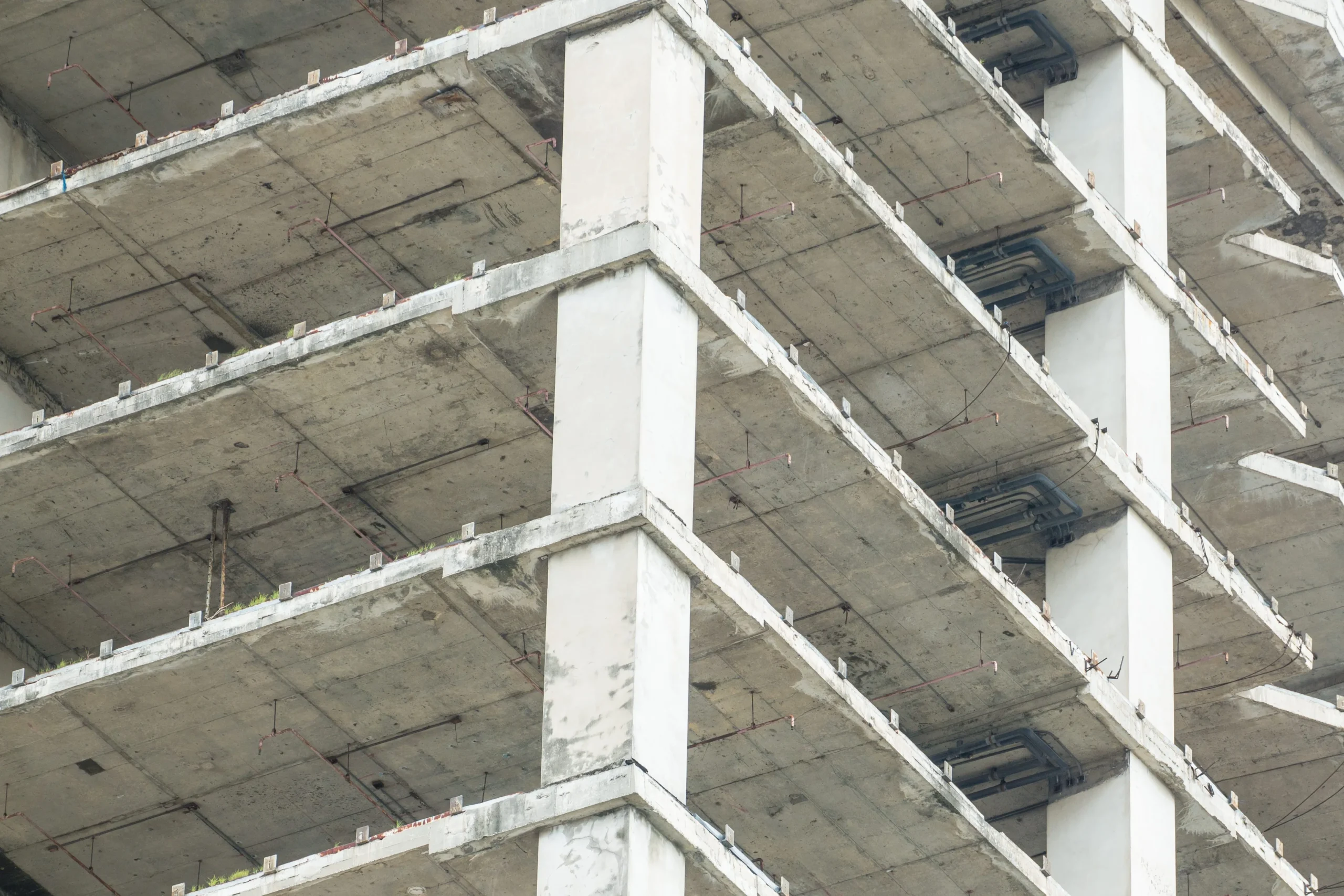
Materials Used in Post Tension Construction
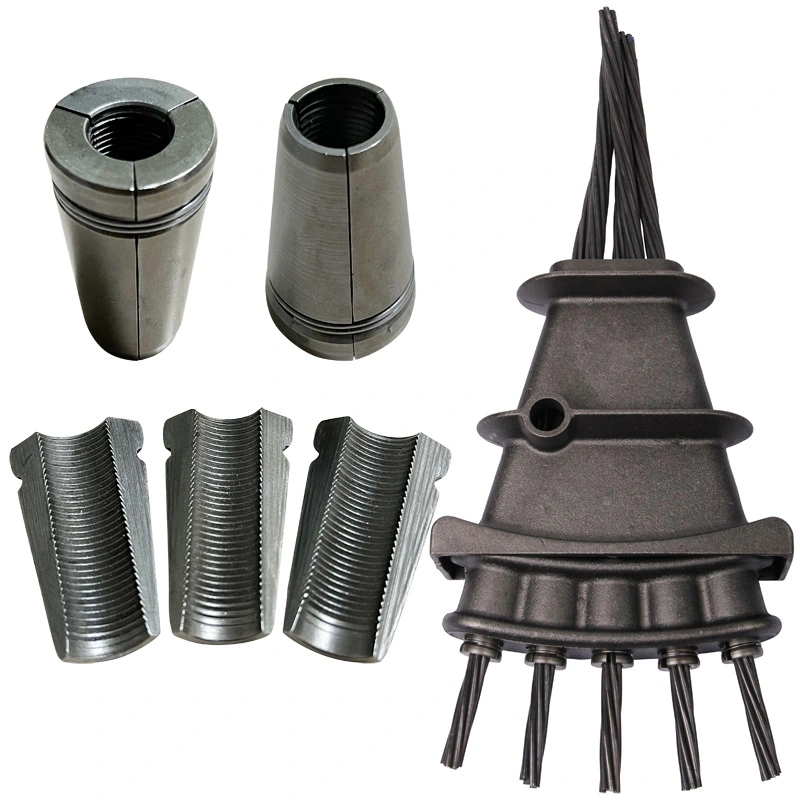
In post tension construction, several key materials play a crucial role in ensuring the effectiveness and durability of the system.
Post Tension Cables: High-strength steel strands that are tensioned after the concrete cures, providing essential compressive force to counteract tensile stresses.
Anchorage Systems: Components that secure the ends of the cables to the concrete, effectively transferring tension and ensuring proper force distribution.
Ducts: Plastic or metal tubes that house the cables within the concrete, protecting them from corrosion and allowing for tensioning after curing.
Grout: Fills the ducts post-tensioning, protecting the cables from moisture and enhancing the bond between the cables and concrete for improved structural integrity.
